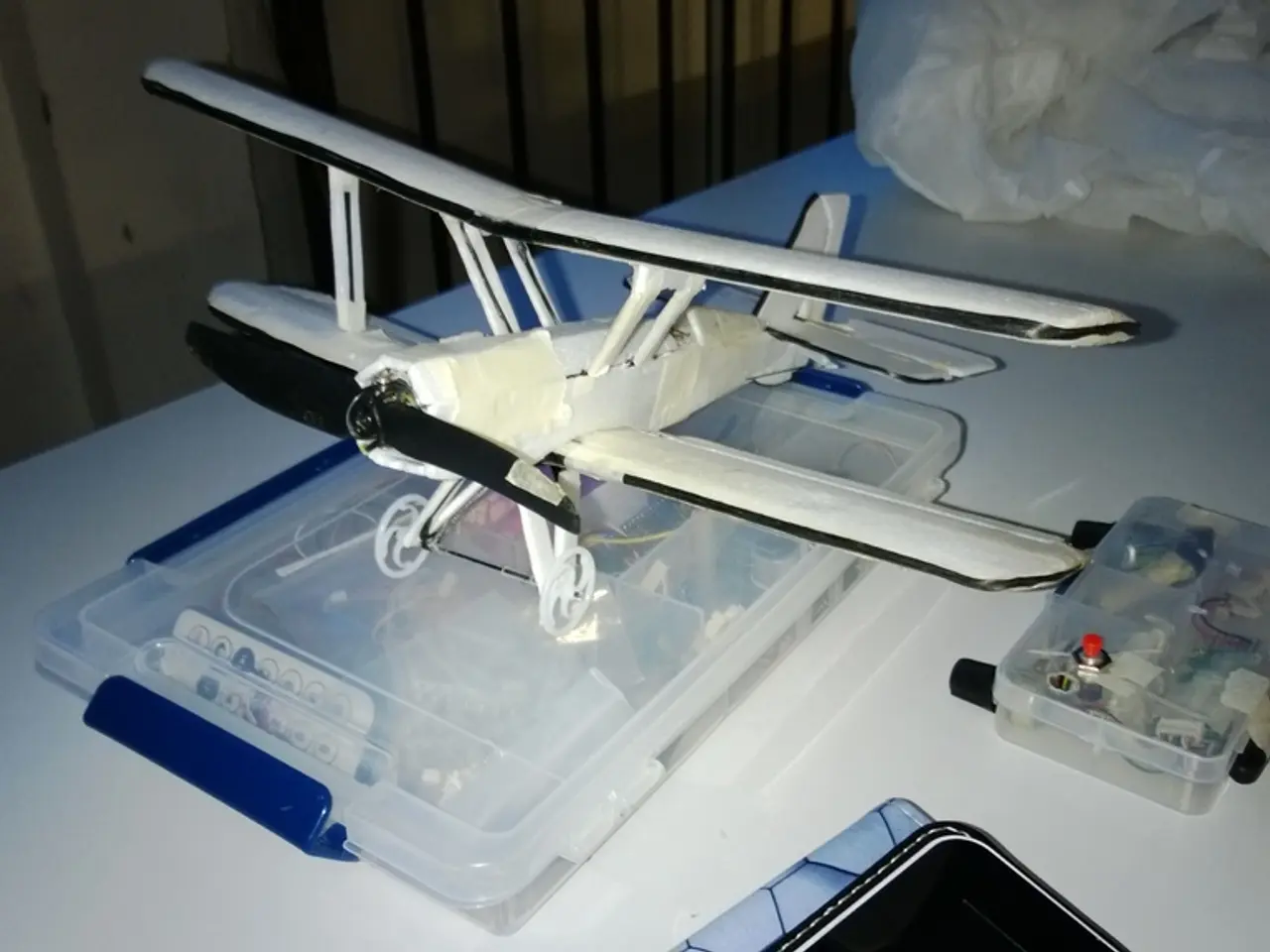Guide to Mastering Netsh Networking Command Line Interface
Netsh, short for Network Shell, is a powerful command-line scripting utility in Windows that enables detailed control over various networking components. This versatile tool is particularly useful for automation, troubleshooting, and managing network settings on both local and remote computers.
Understanding Netsh Contexts and Structure
Netsh organises commands into categories called contexts, each grouped by network functionality. These contexts can have nested subcontexts to manage more specific network features. You can run commands within these contexts or subcontexts, either interactively or by passing a full command path without changing context.
For example, to set a static IPv4 address on an interface called "NetLAN1", use the following command:
Popular Netsh Commands
Netsh offers a wide range of commands to cater to various networking needs. Here are some popular examples:
- — Show IPv4 configuration details.
- — Configure IPv6 addresses.
- — Configure SSL certificates for HTTP services.
- — Reset WinHTTP proxy settings; useful for troubleshooting proxy issues.
- — Configure TCP port redirection.
- — Enable or disable TCP autotuning.
- — Show wireless profiles.
You can execute or to get a list of all commands available in a particular context.
Managing Remote Computers
Netsh can be used to manage remote computers, making it an invaluable tool for centralised network management. PowerShell's can be employed to run commands on remote computers. For example, to reset WinHTTP proxy settings on multiple remote machines:
Administrative privileges and network connectivity are required for successful remote execution.
Integration with PowerShell and Batch Files
Netsh can easily be integrated with PowerShell and batch files to automate tasks like resetting proxies, configuring IPs, or exporting settings.
In PowerShell scripts, you can invoke commands using , , or direct command calls. outputs can be parsed using PowerShell to automate configuration changes and monitoring.
In batch files, simply call commands inline to automate tasks like resetting proxies, configuring IPs, or exporting settings.
Advanced Usage Tips
- Use to export current network configuration for backup or replication.
- Use the context navigation to script specifically targeted configurations.
- Running commands requires administrative rights; ensure your scripting environment is elevated.
- When troubleshooting, use commands like and .
- Some netsh contexts such as work across a wide range of Windows versions, from Vista through Windows Server 2022.
Summary Table of Key Netsh Usage
| Feature | Example Command | Description | |------------------|-------------------------------------------------|-----------------------------------------------| | Set IP address | | Configure static IP | | Manage HTTP SSL | | Add SSL cert binding for HTTP service | | Reset Proxy | | Reset WinHTTP proxy settings | | Show Config | | Display IPv4 network details | | Remote Execution | PowerShell | Run netsh commands on remote machines | | Script Automation| Batch file with inline calls | Automate network config tasks |
Netsh remains one of the most versatile native Windows tools for network configuration, well-suited for interactive use, remote management, and automated scripting with batch or PowerShell. By understanding its hierarchical contexts and using its command syntax precisely, administrators can efficiently manage complex network settings locally or remotely.
A solutions architect might employ Netsh, a powerful command-line utility for networking in Windows, during data-and-cloud-computing projects due to its ability to automate, troubleshoot, and manage network settings.
With Netsh integrated into PowerShell and batch files, technology allows for the automation of various networking tasks, such as resetting proxies, configuring IPs, or exporting settings, boosting efficiency in managing complex network settings.




